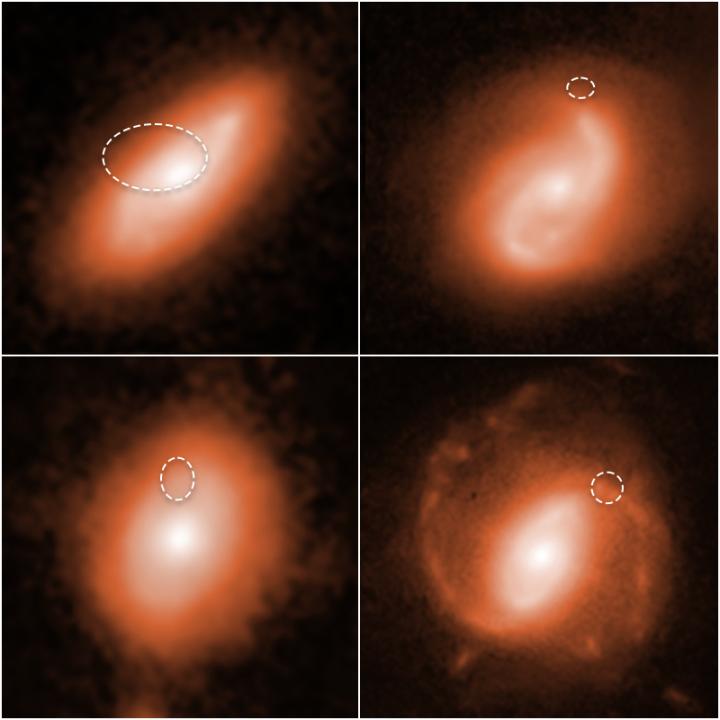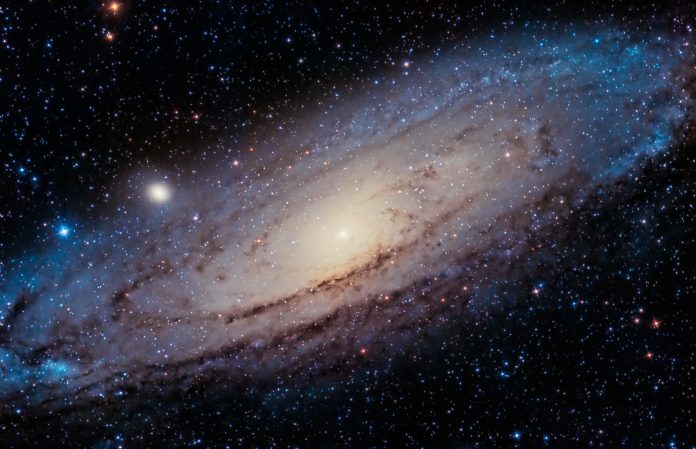NASA reveal that the Hubble Space Telescope has located five, powerful fast radio bursts to the spiral arms of five galaxies
The first ever FRB was discovered in 2001. Since then, scientists have been attempting to understand where these bursts come from and what they signify. They have found a further 1,000 FRBs in the last 20 years – but only 15 have ever been linked to a specific galaxy.
In this new study, astronomers pinned all of them to host galaxies, but also identified the kinds of locations they originated from.
Hubble observed one of the FRB locations in 2017 and the other seven in 2019 and 2020.
‘New and exciting’, explains lead author
Alexandra Mannings of the University of California, Santa Cruz, the study’s lead author, commented: “Our results are new and exciting. This is the first high-resolution view of a population of FRBs, and Hubble reveals that five of them are localized near or on a galaxy’s spiral arms.
“Most of the galaxies are massive, relatively young, and still forming stars. The imaging allows us to get a better idea of the overall host-galaxy properties, such as its mass and star-formation rate, as well as probe what’s happening right at the FRB position because Hubble has such great resolution.”

‘Really important to use context’, says team member
Team member Wen-fai Fong of Northwestern University in Evanston, Illinois, commented: “We don’t know what causes FRBs, so it’s really important to use context when we have it.
“This technique has worked very well for identifying the progenitors of other types of transients, such as supernovae and gamma-ray bursts. Hubble played a big role in those studies, too.”
“Owing to their strong magnetic fields, magnetars are quite unpredictable. In this case, the FRBs are thought to come from flares from a young magnetar. Massive stars go through stellar evolution and becomes neutron stars, some of which can be strongly magnetized, leading to flares and magnetic processes on their surfaces, which can emit radio light. Our study fits in with that picture and rules out either very young or very old progenitors for FRBs.”











